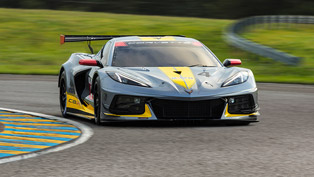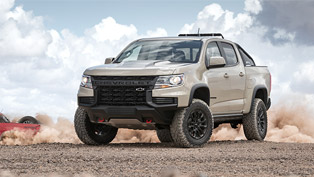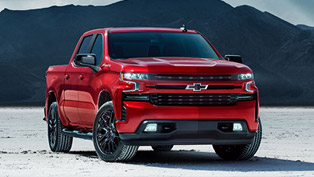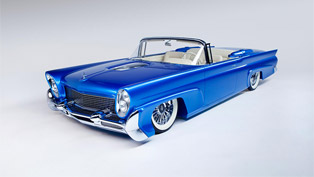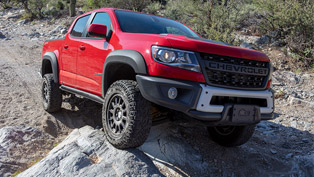The History of Saturn?
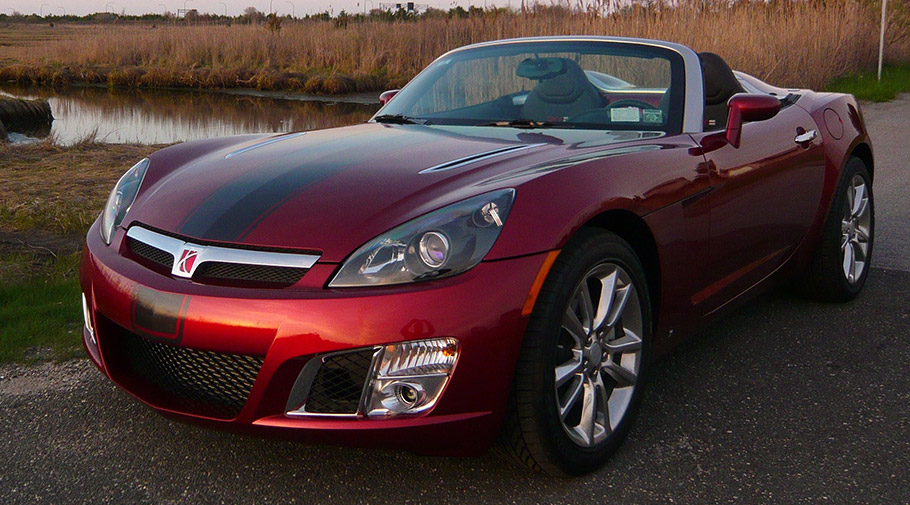 In the late 1980s, General Motors (GM) formed a new car company to compete with the growing number of Japanese imports coming into the country. The promise behind this new company was enormous. The idea behind Saturn involved not just excellent automotive engineering, it also involved a radical change in the very way cars were built. The Saturn concept worked. The brand was remarkably successful from 1991 to 2009 but in 2010, GM shut it down even though sales were still strong. Here is the story.
In the late 1980s, General Motors (GM) formed a new car company to compete with the growing number of Japanese imports coming into the country. The promise behind this new company was enormous. The idea behind Saturn involved not just excellent automotive engineering, it also involved a radical change in the very way cars were built. The Saturn concept worked. The brand was remarkably successful from 1991 to 2009 but in 2010, GM shut it down even though sales were still strong. Here is the story.
The 1980s
The Saturn concept grew out of a particular climate within the car industry in the late 1980s. At the time, General Motors was building big, heavy automobiles emphasizing style and comfort. The industry, however, began to change in the 1960s, though, when foreign car makers started to ship smaller, more efficient cars to the States.
By the late 1960s, GM began to lose significant market share to foreign imports, particularly those from Japan. In 1968, GM announced that it would build a new car called the Vega to compete with the foreign imports. The finished product, introduced in 1970, however, proved disappointing. Vegas tended to rust quickly and their aluminum engines wore out quickly. In 1975, GM introduced another new import killer called the Chevette. It sold into the 1980s but was a disappointment too.
This series of models from GM confirmed in some people's minds the suspicion that GM and the other U.S. automakers couldn't make a high-quality small car. And since smaller cars were believed to represent the future of the industry, the episode called into question of the of the American auto business.
A New Car Company
By the early 1980s, General Motors was rapidly losing market share and knew that it had to act. The result was Saturn. Saturn was to be not only a new kind of car, it was to be a new type of car company. The cars themselves would be built for the highest quality and used unique materials (the body panels were polymer) and they were to be built differently; Saturns were built by teams of workers that had actual input into the construction process. In 1991, the first Saturns started to roll off the assembly line and soon Saturn was a massive hit.
In fact, for the first five years of production, the demand was so high that Saturn retailers were chronically short of vehicles. By 1994, Saturn was the third best-selling car model in the U.S. with J.D. Powers consistently rating it as among the top three cars in owner and customer sales satisfaction. Owner enthusiasm went so off the charts that Saturn held "homecoming" celebrations in 1994 and 1999 and 100,000 owners attended.
SEE ALSO: A Pace Car by Kahn Design? Yes, Please!
What Went Wrong
GM pulled the plug on Saturn in 2010 leaving millions of owners wondering what went wrong. According to our source at Lynch Chevrolet of Mukwonago, a local Chevrolet dealer in Mukwonago, WI, GM insiders say it was because Saturn as a car company was too different. It was so different that the other GM divisions had trouble working with it. And then there was money. When Roger Smith launched Saturn, he told the other divisions they couldn't have many additional funds to introduce their new models. This was because the Saturn launch was the priority. Saturn, after all, was the grand experiment that could change everything GM did so a lot of resources went into its creation and launch. Unfortunately, this lead to everyone in the GM family being hostile toward and jealous of the new arrival. Eventually the hostility within GM towards the Saturn brand was the beginning of the end.
